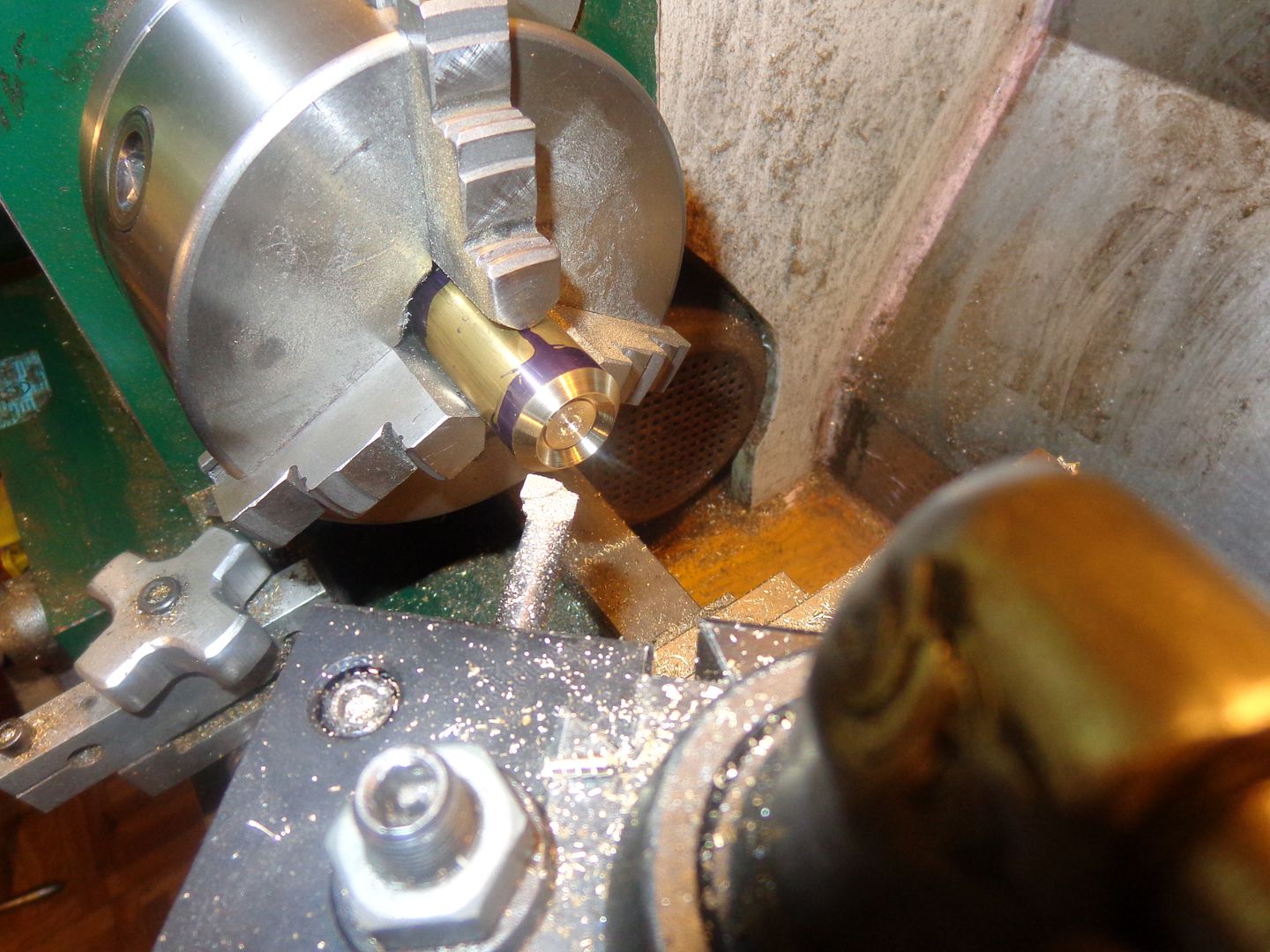I would like to try my hand at cutting a pair of 45 degree miter gears, similar to the ones that Swifty cut in his excellent "Article" on cutting miter gears. My cutters, (I have the full set) are 24DP and 14.5 degree pressure angle. I have some round brass stock with a maximum 1" diameter. What I HOPE to do is cut a pair of 45 degree miter gears from this 1" stock. I have Ivan Laws book "Gears and Gear Cutting" and---Holy Crap, there's a lot involved in the calculations to cut the blank, even before you start trying to cut the teeth. I am going to fumble away at this, just to see if I can actually do it or not. This is not meant in any way to upstage Swifty's thread under "Articles" on this forum. This is just a record of how I bumble through it. Don't try to follow me and build a set yourself, based on what I am doing, because I may totally screw this up. First part of the trick will be to use all of the calculations to determine the dimensions of the blank gear form.
Last edited:
















































![MeshMagic 3D Free 3D Modeling Software [Download]](https://m.media-amazon.com/images/I/B1U+p8ewjGS._SL500_.png)
























